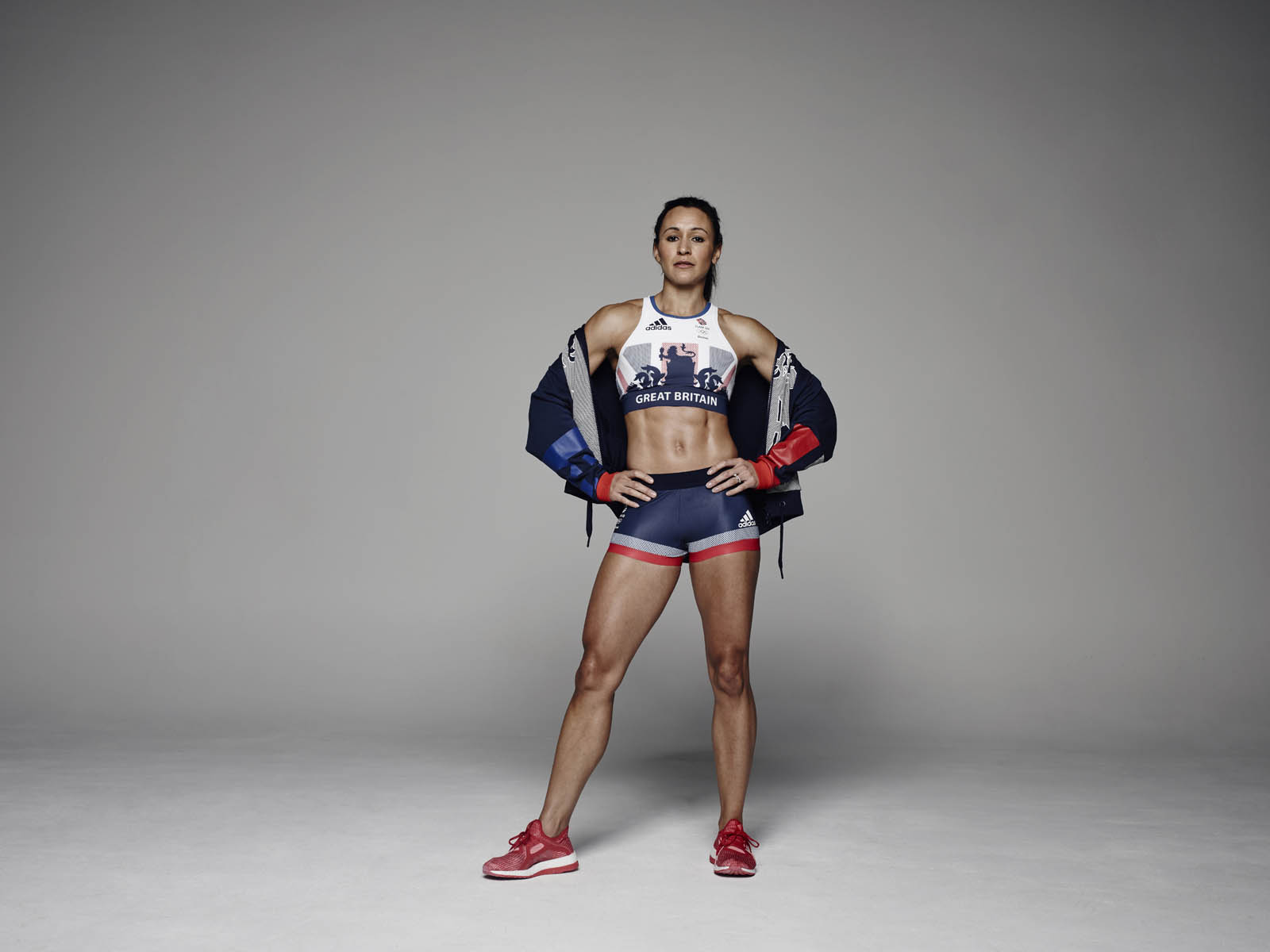PHYSIOLOGICA - Heath, Fitness & Lifestyle. 3 COMMON FITNESS MYTHS WHICH WON'T DIE
PHYSIOLOGICA - Heath, Fitness & Lifestyle Blog
by Lee Carnaby
As fitness professionals we're bombarded with questions every day. Some can have a straight forward response, some need a far more nuanced approach. Some, despite our best effort, put our teeth on edge. No matter how many educational articles, tv programmes and dedicated books are produced, these Myths still persist.
Below is a short list of some of the most resilient and "zombie-myths" which are still very much out there.
MYTH: 1 - "WEIGHT LOSS IS ALL ABOUT CARDIO - YOU NEED TO HIT THE TREADMILL AND CROSS-TRAINER"
This one just won't go away! Years ago at the beginning of my career when I was an instructor, I marvelled at the people doing the same thing month after month, year after year - a kind of habit where people switch on music and switch off brain. Typically; 20 minutes running, 20 minutes on the cross trainer, do some abs and then hit the showers.
This might be you. The vast majority of people training are doing it for health and aesthetics reasons and not for sports performance so for the sake of sanity, add some variety. The ability to run fast on a treadmill or spin out metres on the cross trainer is neither here nor there. If you're trying to loose weight, choose exercises which you can do at high intensity for short periods. By all means use the treadmill/cross trainer but try interval sprints* instead. Short bursts of 30 seconds followed by a short rest have a much bigger impact on calorie burning, fitness etc than steady plodding. In addition to these short bursts, include high intensity light to moderate weight training exercises such as: Squats, Kettle bell exercises, Plyometrics, Press ups, Sit ups etc. This way you're getting the aerobic and fat burning benefits plus the muscle activation benefits - a double-whammy! Another benefit is, IT'S FUN! Who doesn't want to blow their brains out after a 25 minute plod on a treadmill? Try intervals, you'll never look back.
* Always check with your doc first when starting anything high intensity. Also, think about getting an instructor/personal trainer to go through some interval workouts with you to ensure you're following correct technique.
MYTH:2 - "IF YOU WANT BIG BICEPS AND ABS, YOU NEED TO DO LOADS OF CURLS AND SIT UPS"
I've lost track of how many times I seen new members with arms like wet string, grunting away on a preacher bench or swinging dumbbells up for hours in the vain hope of adding inches onto their arms. It's a fact that big arms are seen as a status symbol in the gym and it's unlikely to change anytime soon. So is this effective? Simple answer? NO.
The Bicep is a small muscle, about the size of an apple, the Triceps contributes much more mass to the arm. It's simple logic that train it hard, and it will grow, but you're far more likely to overtrain these muscles and get the opposite effect. Remember muscles work synergistically in many exercise movements already. Biceps work hard on pulling pulling movements such as: pulldowns, rowing movements like seated rows, dumbbell rows, shoulder upright rows etc. Triceps get worked hard in any pressing movements such as: bench press, press ups, bar/dumbbell shoulder presses etc. A much better approach would be to focus on building strength on these big movements first, lots of big compound exercises which work multiple joints. The arms will respond by getting bigger. You're not going to build a big chest and shoulders from pressing without also building solid triceps, neither will you develop a this strong back without building solid strong biceps. So forget spending an hour doing five different types of curls and then another hour with endless variety of cable exercises for triceps, instead get strong on the basics. The arms will take care of themselves. There, I said it - to get big arms, don't train them!
Think of the abs in a similar way, a handful of exercises for the abs is plenty to build a strong mid-section. No more than 30 minutes twice per week, ideally with resistance, or hanging knee raises. Remember, you're trying to strengthen the muscles under the sub-cutaneous adipose tissue (fat under the skin) - no amount of crunches, sit ups etc will burn fat from that area. That's down to reducing body fat percentage over the whole body. As a rough guide, you're only going to see the six pack when you get to 10-12% body fat. Finally, add some back extension work too, without it you may end up with back pain.
MYTH:3 - "DON'T USE WEIGHTS, YOU'LL SLOW AND GET BULKY"
This particularly applies to women, although you do come across it from men too . Personally, I've heard this so many times that I struggle not to sigh and eye-roll. Try saying it to top female athletes such as Jessica Ennis, Maria Sharapova and Sam Quek. All are incredible athletes, lean, strong and most definitely not slow and bulky. All have used and still use resistance as a significant part of their training regime. I have also heard women say that Yoga makes muscles "long and slim". This is also nonsense. Genetics will determine the length and position of muscles, you cannot change the origin or insertion of muscles by training. The truth is more complex, humans come in all shapes and sizes but unfortunately, there is a visual "ideal" created by the media, movies and more lately, the fixation with celebrities.
Weight training can change the look of the body by defining untrained muscles and sometimes this is taken as building bulk. This adaptation is short lived, and is often tied with a reduction of body fat making muscles more visible. Female bodybuilders have to take male hormones to build muscle, if it was easy to build muscle we would be surrounded by huge stacked amazons!
Weight training overwhelmingly offers big advantages to men and women, especially in older people. As we age we lose bone and muscle mass and metabolism drops, weight training can slow this down and for post menopausal women especially, can reduce the incidence or severity of osteoporosis.
Health and fitness myths will always be around, the best way of tackling them is education and fact checking. Don't believe something just because Dave down the gym told you. Take some time to ask experts and check things out yourself.
If you found this interesting, please post a link on to anyone you think might also find it useful.



